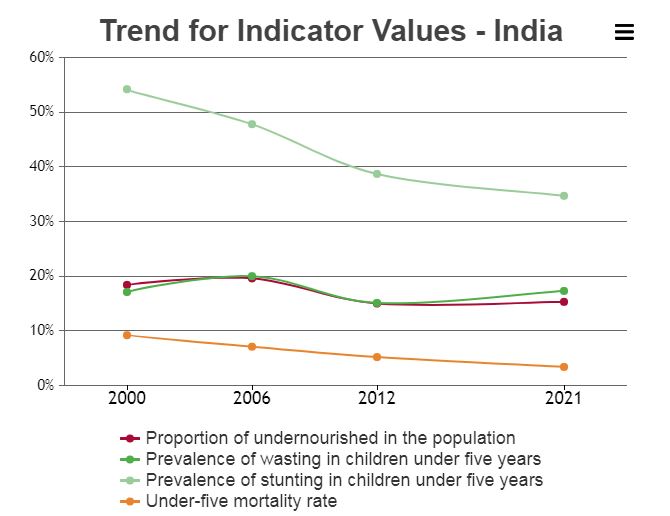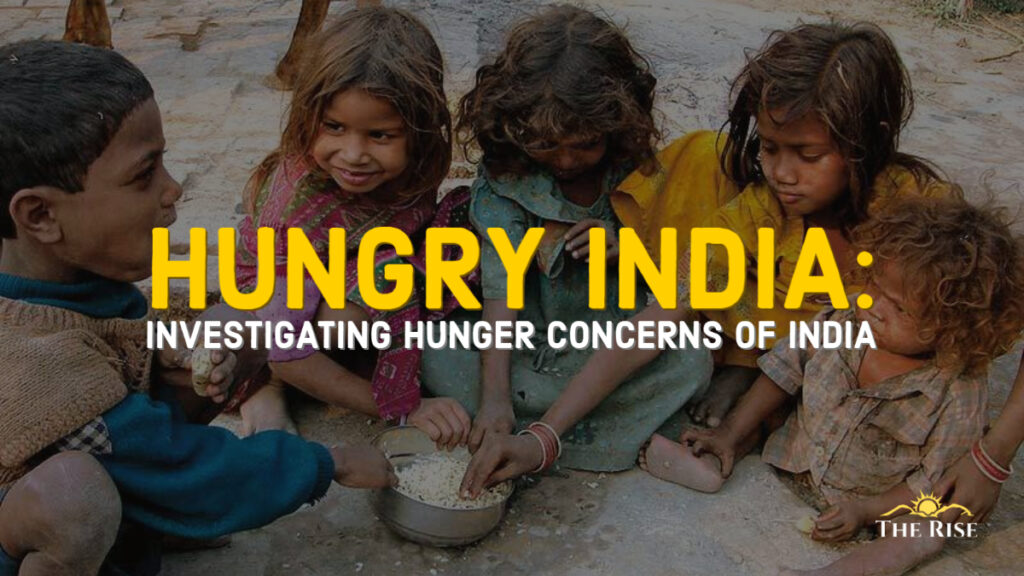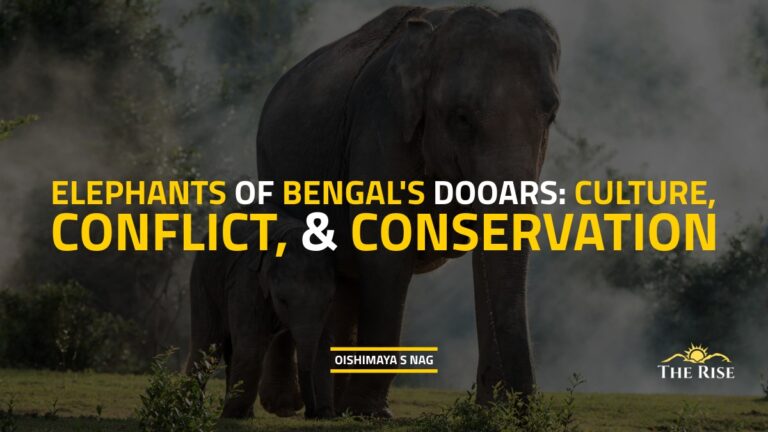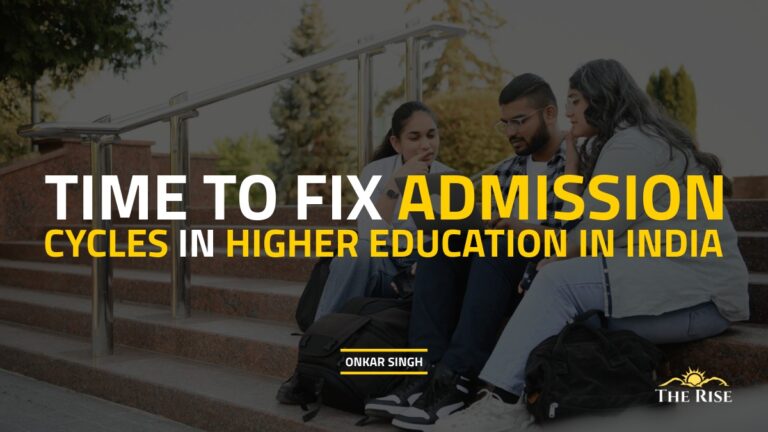Sustainable Development Goal 2, titled Zero Hunger, prescribed by the United Nations aims at ending hunger, achieving food security and improving nutrition, and promoting sustainable agriculture. Global concerns are evinced from the reported fact of 2020 that there are around 2.37 billion people without access to adequate food. According to the 2021 global edition of UNICEF-WHO-World Bank Joint Child Malnutrition Estimates, around 149.2 million (22%) children under 5 years were stunted in 2020, 45.4 million (6.7%) children suffered from wasting, and 38.9 million (5.7%) were overweight. The continued increase in the number of undernourished people, from 607 million in 2014 to 650 million in 2019 and 720-811 million in 2020, with the overriding impact of the COVID-19 pandemic is alarming the whole world.
Hunger and its complex consequences require regular monitoring for assessing the present situation, its implications and the setbacks of the measures taken for checking it. Global Hunger Index (GHI) is a quantitative parameter that comprehensively measures and tracks hunger at global, regional, and national levels. Undoubtedly, GHI helps in raising awareness and reorienting the preparedness in certain countries and regions causing anxiety in fighting the menace of hunger.
Quantification of GHI is based on four key indicators, namely ‘undernourishment’, ‘child wasting’, ‘child stunting’, and ‘child mortality. These account for the share of the population that is undernourished (i.e., the calorie intake is insufficient), the share of children below 5 years who are wasted (i.e., they have low weight for their height), the share of children below 5 years who have stunted (i.e., low height for their age), and the mortality rate of children below 5 years which is jointly due to malnutrition and unhealthy environment. Each of these indicators is given a standardized score on a 100-point scale. These standardized scores are aggregated to calculate the GHI score for each country, with each of the three dimensions namely, inadequate food supply, child mortality, and child undernutrition which is equally composed of child stunting and child wasting. Here 0 is the best GHI indicating no hunger and 100 is the worst.

Also Read: Unravelling India’s Gender Slide
The recent pronouncement of GHI for the year 2021 for 116 nations across the world bespeaks of India ranking at 101 with a GHI of 27.5. This is, indeed quite worrisome. The sliding down of India’s position even below the ranks of its neighbours Bangladesh, Nepal, Pakistan, etc. has not augured well and created a furore with the Indian officials slamming the methodology of calculating GHI and callING it unscientific. The proportion of undernourished, wasting, stunting, and child mortality rates can be seen from the graphics available in Figure 2.

Unfortunately, the backend statistics presented for estimating GHI is the international data coming from FAO 2021, UNICEF, and UN IGME. Thus, it is pertinent to delve into the sanctity of the data published by the international agencies. As regards the methodology of calculating GHI, it has been put in the public domain and happens to be the same for all the countries under the scanner.
Also Read: New India: What to focus on – ‘Positivity Rate’ or ‘Positivity Drive’?
While looking at the specific aspect of food affordability, the presence of Pradhan Mantri Garib Kalyan Anna Yojana (PMGKAY) for food security should not be ignored. The scheme has been successful in providing free ration to more than 800 million Indian population. In a virtual interaction with the PMGKAY beneficiaries, Prime Minister Modi himself pointed towards the fact that since independence the food storage had kept increasing, but starvation and malnutrition did not decrease in that ratio.
Food storage kept increasing, but starvation and malnutrition did not decrease in that ratio.
Narendra Modi
Also Read: Upholding Civil Liberties in the 21st Century India
With the country accepting the problem of undernourishment and malnutrition of children, the cue should be taken from GHI to improve the state of affairs in the prevailing framework for tackling it. Currently, the Integrated Child Development Services (ICDS) is operating through more than one million Anganwadi centers for taking care of child nutrition and pregnant women. The aimed objectives of supplementary nutrition, growth monitoring, nutrition and health education, immunization, health check-ups, health referrals, and pre-school education in NEP 2020 are too comprehensive to be achieved unless there is proper governance for ICDS. The country also started a POSHAN scheme in 2017 for proper nutrition of children, pregnant women, and lactating mothers, but the outcome is not very encouraging. Where does it all lack?
The studies suggest that there is a loss of 4 percent of the country’s GDP and up to 8 percent of productivity due to malnutrition. However, a mere $1 investment in nutrition holds the potential of a return on investment of up to $38.6 in public economic returns, which is three times more than the global average.
Also Read: Dealing with COVID-19’s fury on the overweight-obese in India
A look at the budgetary allocations in the Union budget 2021-22 shows an outlay of Rs 3,483,235.63 crore, with the allocation towards child nutrition through Saksham Anganwadi and Mission POSHAN 2.0. being around Rs 20,105 crore or 0.57 percent of the total budget,
The way forward in accomplishing the mission of zero hunger is to adopt a multi-pronged strategy. Firstly, the governance of the country should ensure the adequacy of budgetary provisions commensurate to the population. Secondly, aggressive transformations are required for effective and responsive governance of all nutrition-related schemes with commitment, transparency, and integrity so that the benefits percolate down to the genuine ones. Thirdly, the measures for enhancing employment opportunities and job creation are likely to resolve the problem by bringing prosperity to every family and taking care of the health of children and women. Fourthly, the overall strengthening of the economy will be boosting all the efforts made in the attainment of sustainability goals.
References:
- https://www.globalhungerindex.org/about.html
- https://www.globalhungerindex.org/india.html
- https://www.globalhungerindex.org/pdf/en/2021/appendix-c.pdf
- https://www.ndtv.com/india-news/free-ration-made-available-to-over-80-crore-people-during-covid-19-pm-narendra-modi-2501800
- https://www.downtoearth.org.in/blog/health/child-malnutrition-in-india-a-systemic-failure-76507











Well said
सभी आंकड़ों को गंभीरता से लिया जाना चाहिए क्योंकि इससे नई दिशाएं मिलती हैं। आत्मावलोकन बहुत जरूरी है।
Pingback: The Hunger Challenge. - Universal Group Of Institutions